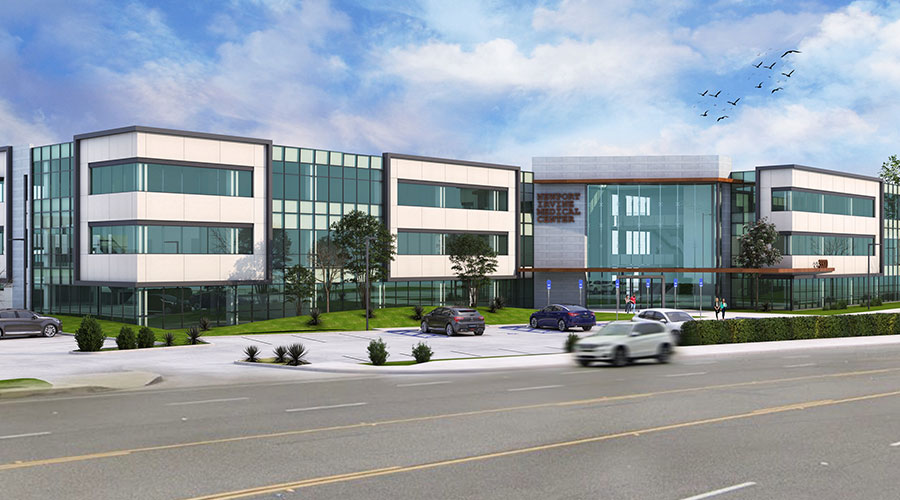The concept of a “high-performing” health care delivery system has gained increasing interest from purchasers, payers and policymakers. However, in a new study published in the September issue of The Joint Commission Journal on Quality and Patient Safety, researchers reviewed literature over 10 years and found no consensus on what defines a high-performing health care delivery system or health care organization.
Los Angeles, and co-authors, is a systematic review of the 2005 to 2015 literature to determine if there is a commonly used, agreed-on definition of a high-performing health care delivery system or organization.
Results showed no consistent definition of a high-performing health care system or organization among the 57 articles included in the review. High performance was variably defined across different dimensions, including:
- Quality (93 percent of articles)
- Cost (67 percent)
- Access (35 percent)
- Equity (26 percent)
- Patient experience (21 percent)
- Patient safety (18 percent)
 Seventy-five percent of the articles used more than one dimension to define high performance, but only five used five or more dimensions. The most commonly paired dimensions were quality and cost at 63 percent.
Seventy-five percent of the articles used more than one dimension to define high performance, but only five used five or more dimensions. The most commonly paired dimensions were quality and cost at 63 percent.
“The absence of a consistent definition of what constitutes high performance and how to measure it hinders our ability to compare and reward health care delivery systems on performance, underscoring the need to develop a consistent definition of high performance,” note the authors.
In an accompanying editorial, “High-Performing Health Care Systems: High Performance Toward What Purpose?,” Peter J. Pronovost, MD, PhD, senior vice president of Patient Safety and Quality, Johns Hopkins Medicine, Baltimore, states that “A high-performing health system should be defined, simply, as one that is more likely to achieve its purpose. Until we are clear on the purpose, performance will suffer.
Also featured in the September 2017 issue:
- “Optimizing Care Transitions: Adapting Evidence-Informed Solutions to Local Contexts”
- “Understanding Facilitators and Barriers to Care Transitions: Insights from Project ACHIEVE Site Visits”
- “A Multicomponent Fall Prevention Strategy Reduces Falls at an Academic Medical Center”
- “Do Hospitals Support Second Victims? Collective Insights From Patient Safety Leaders in Maryland”
- “Using Simulation to Improve Systems-Based Practices”
- “Improving Pain Management and Safe Use of Opioids: A Call for Papers”
For more information, visit The Joint Commission Journal on Quality and Patient Safety website.

 States Move Forward to Better Protect Senior Citizens
States Move Forward to Better Protect Senior Citizens Archer and REDA to Transform Newport Beach Building into Outpatient Center
Archer and REDA to Transform Newport Beach Building into Outpatient Center Sunflower Medical Group Facing Lawsuit Following January Data Breach
Sunflower Medical Group Facing Lawsuit Following January Data Breach Nemours Children's Health Opens New Location in Lake Nona
Nemours Children's Health Opens New Location in Lake Nona Enhancing Safety at Hennepin Healthcare with a Screening System
Enhancing Safety at Hennepin Healthcare with a Screening System